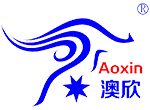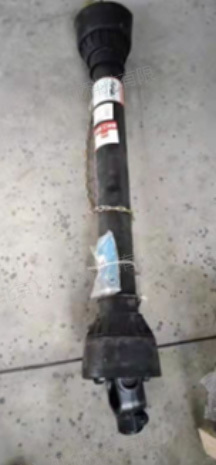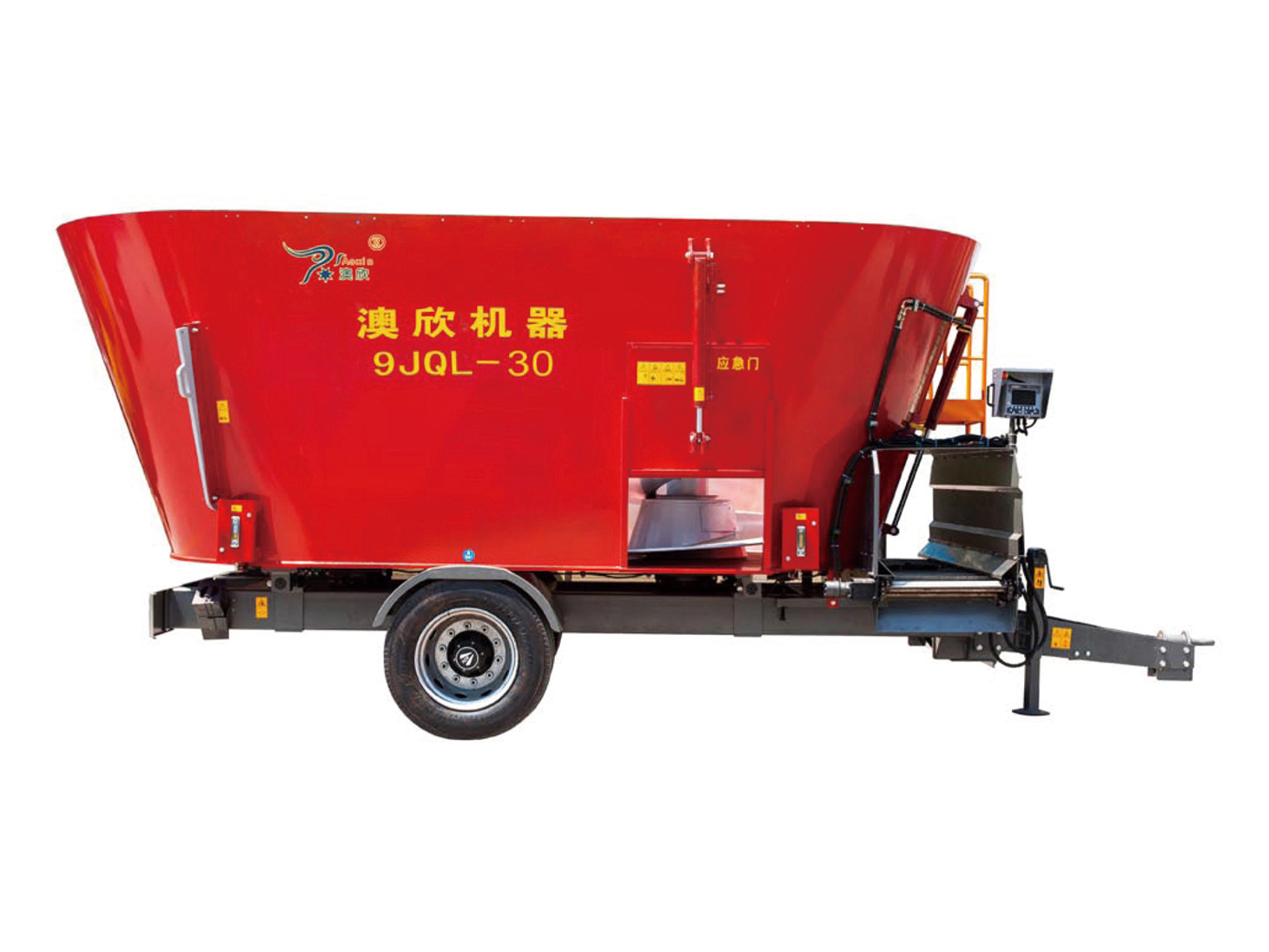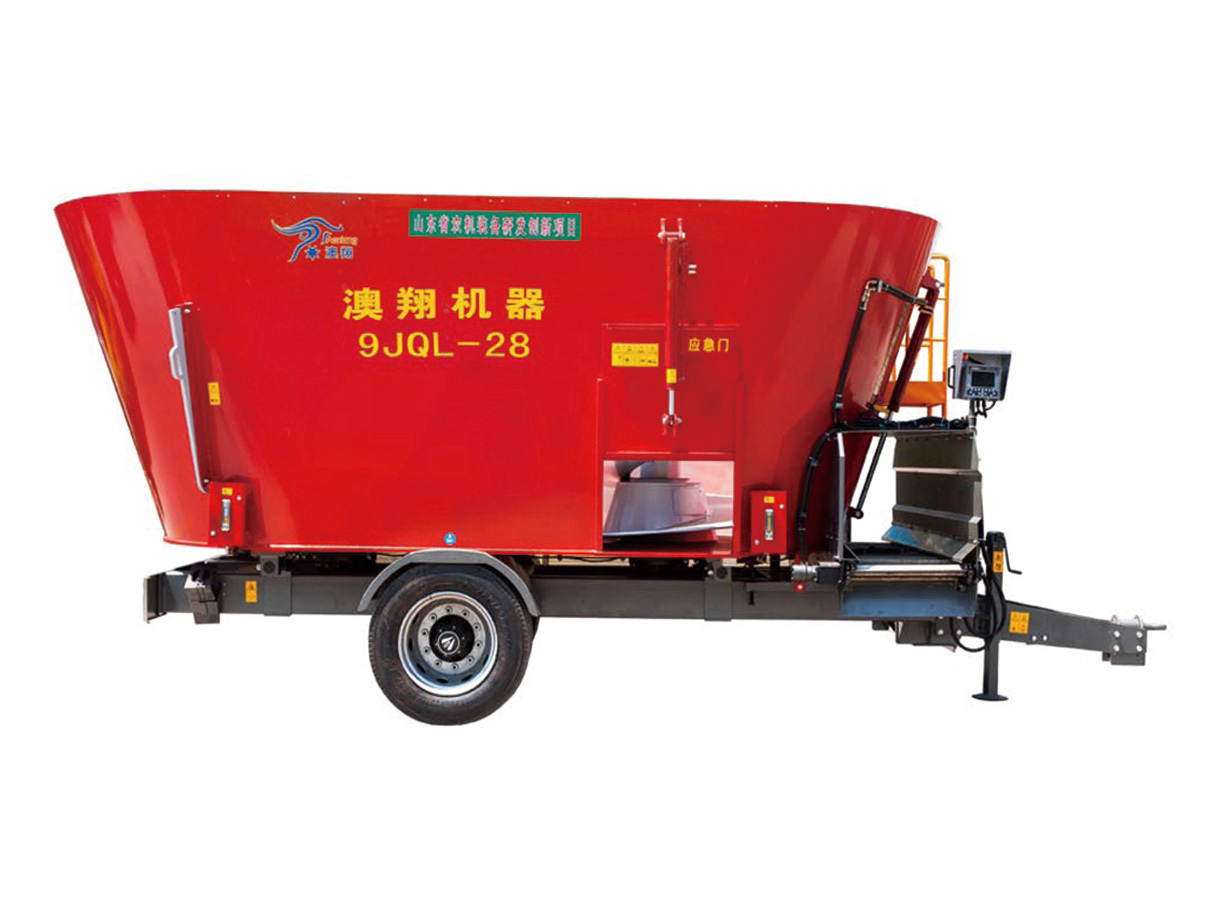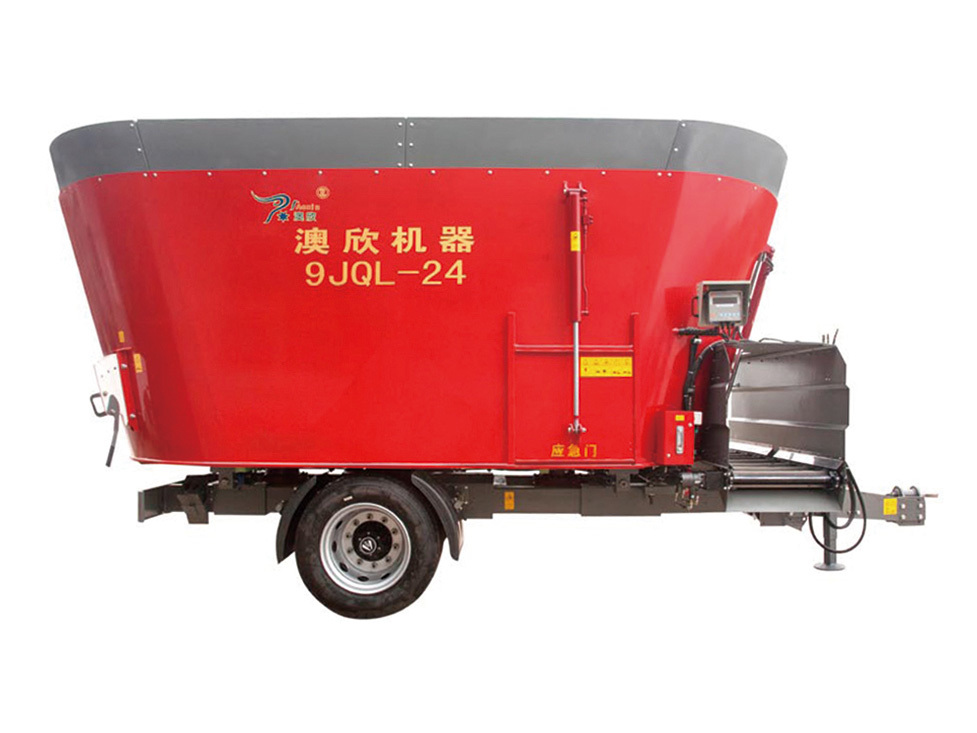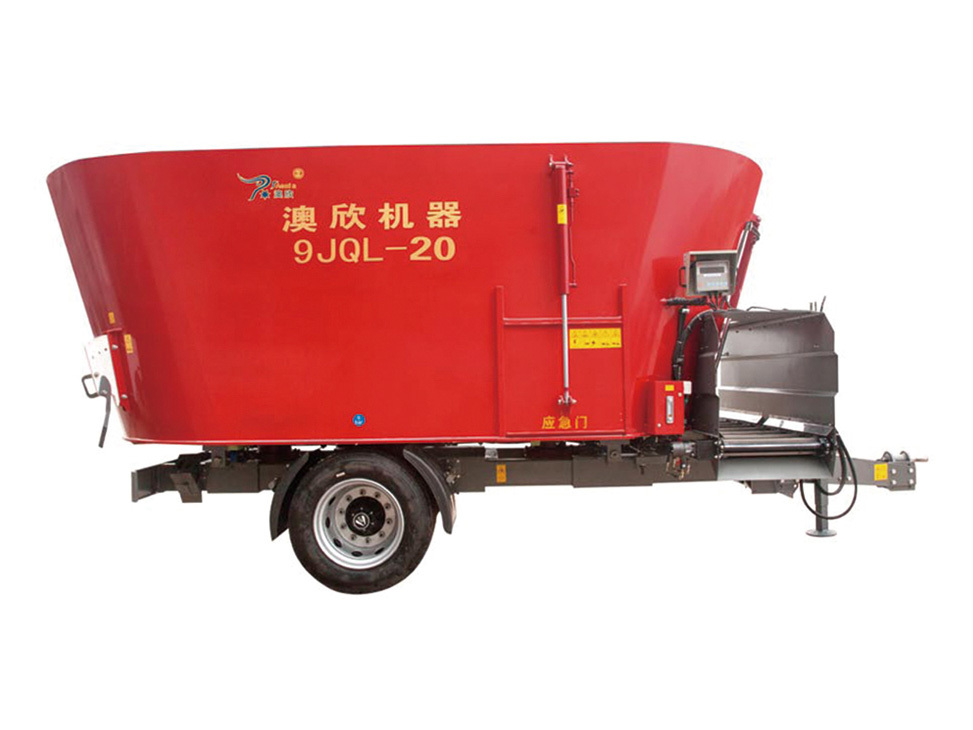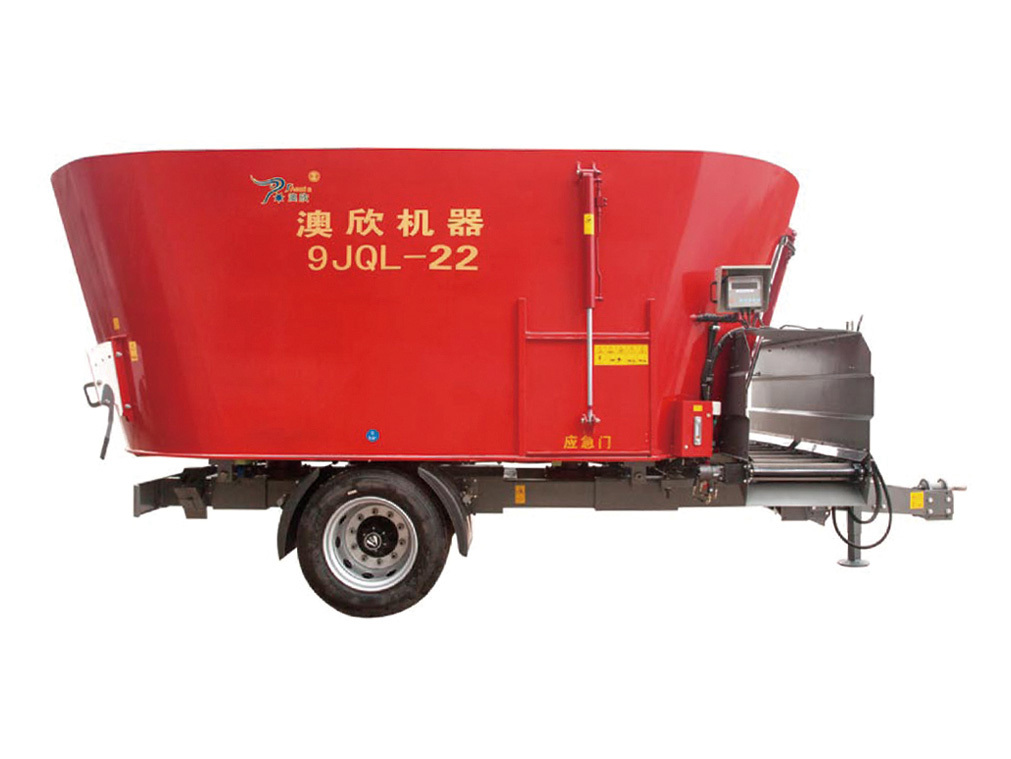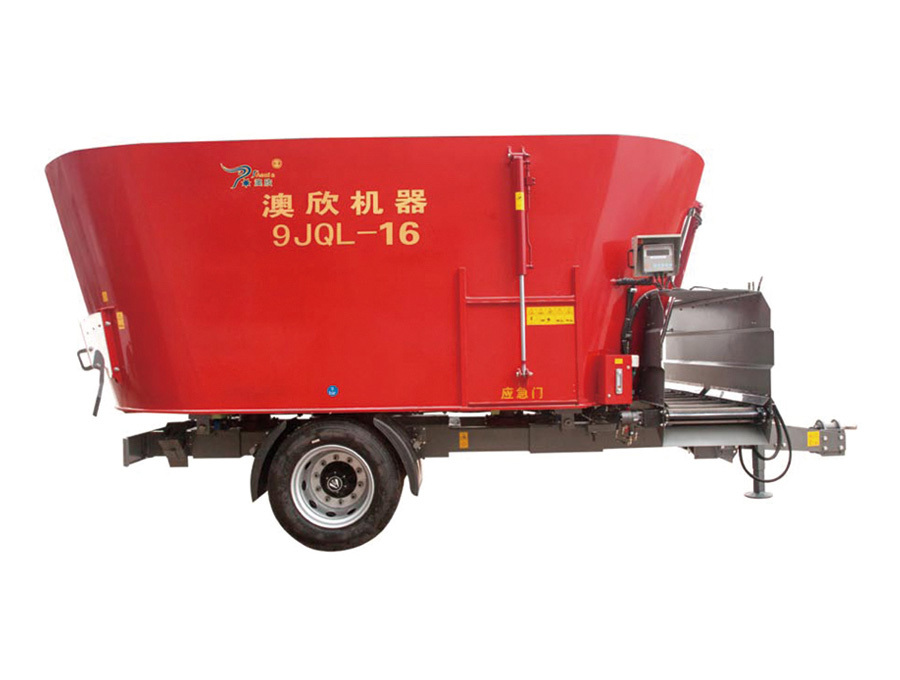TMR Drive Shaft
Keywords:
AoXin
Category:
Product Description
Function
Power Transmission Hub
The transmission shaft, positioned between the gearbox and the auger (or blade shaft), serves as a "bridge" for power transmission. It transfers the low-speed, high-torque power output from the gearbox—via either rigid connections like key or flange couplings, or flexible ones such as universal joints—to the auger shaft, thereby driving the auger to rotate. This rotation, in turn, sets the material in motion within the mixing chamber, enabling tasks like cutting, crushing, and blending to be carried out efficiently.
Adapting to the device's structural layout
The mixing chamber and power system (including the gearbox and motor) of TMR equipment often exhibit a certain degree of spatial misalignment—for example, in horizontal mixers, the auger shaft may not align perfectly with the gearbox output shaft, or there could be an angular deviation. To address these challenges, the drive shaft can be flexibly adapted to various spatial configurations by adjusting its length or incorporating universal joints, ensuring efficient power transmission while preventing any potential interference caused by installation constraints.
Withstand loads, ensuring stability
During the mixing process, the materials—especially coarse fibrous straw and clumped silage—exert reactive forces on the auger, generating either radial or axial loads. To withstand these loads without bending, breaking, or excessive vibration, the transmission shaft must possess sufficient rigidity and strength (typically made from high-strength alloy steel), ensuring stable auger rotation and guaranteeing uniform material mixing.
Coordinated protection system to absorb impact
When the auger encounters a sudden overload—such as getting stuck with foreign objects or experiencing an abrupt material buildup—the transmission shaft, working in tandem with the overload protection device (like a torque limiter) built into the gearbox, can absorb and dissipate the excess force. This prevents the overload from directly stressing the motor or gearbox, thereby indirectly safeguarding the entire power system.
Related Products
Online Quotation Request
If you're interested in our products, please leave your email, and we'll get back to you as soon as possible. Thank you!

